Directors’ trademarks is a series of articles that examines the “signatures” that filmmakers leave behind in their work. For this iteration, we are examining the works of Guillermo del Toro as director.
Previously published, updated for 2022.
Guillermo del Toro is one of those directors whose films are very easy to identify. He is a Mexican born filmmaker whose upbringing and experiences during his career have both allowed and inspired him to make films with a unique and creative style. In specific, comparing del Toro’s films to ones directed by more traditional directors one will see incredible focus on details and story. Del Toro’s films simply echo the incredible amount of care and attention that he puts into them. This devotion to his films and his techniques has made him one of the most consistent film makers in the business today.
Del Toro’s feature film debut was 1993’s Chronos, a slow-burning horror/vampire flick that showed off all of del Toro’s trademarks. Although that film was not a commercial success, it was well received by critics, winning nine Mexican Academy Awards. That success caught the eye of Hollywood and he signed on with a major production company to make his next film, Mimic, released in 1997. Although that film also received good reviews, del Toro was frustrated and furious with the constraints put on him by the production company. Because of this, he went on to form his own film company. Free to make his next film as he saw fit, he directed The Devil’s Backbone in 2001. This film fared well with critics, but didn’t make much money.
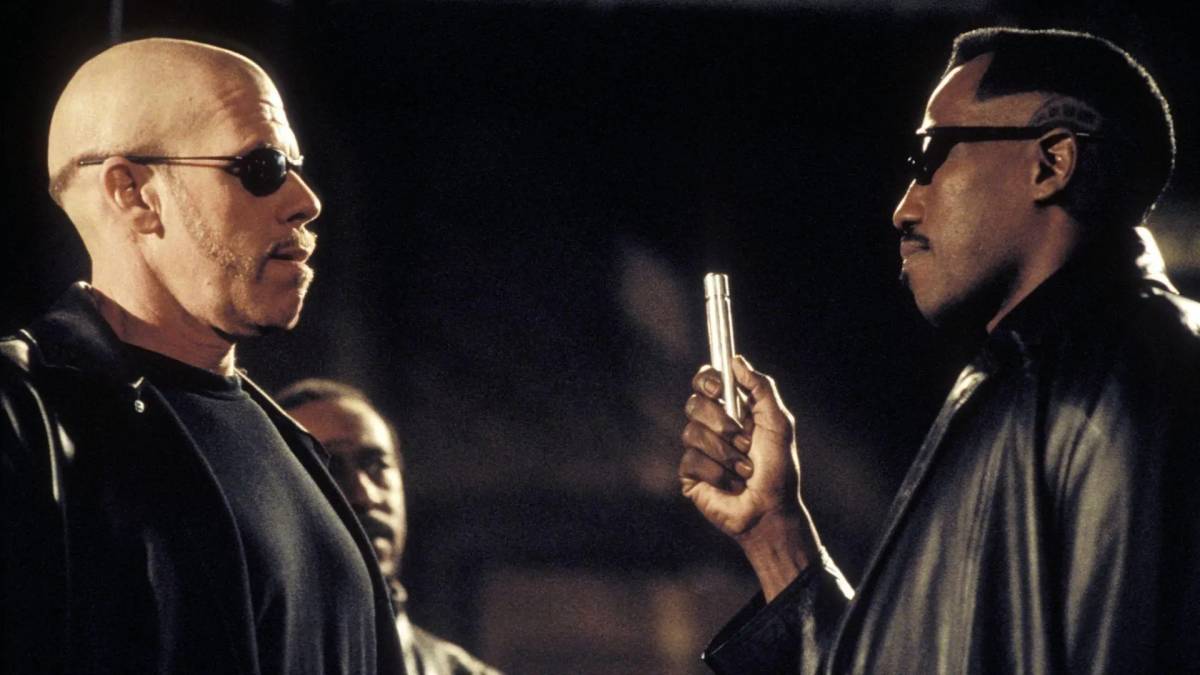
Next in an effort to make a film that would be profitable, del Toro signed on to direct Blade II in 2002. Del Toro put his own spin on the comic book-based sequel and the result was a film that was moderately well received but more importantly made some money. Blade II was the turning point for del Toro. His next films, Hellboy (2004) and Pan’s Labyrinth (2006) were both very well received and proved del Toro could make profitable movies that would appeal to audiences and critics despite relatively low budgets. Pan’s Labyrinth especially caught the eye of critics, as it won 3 Oscars. Next, del Toro got a bigger budget to make the sequel Hellboy II: The Golden Army. This film was well received and managed to make money with the help of a strong foreign box office.
In 2013, Guillermo made his first big-budget film, Pacific Rim. This film built off of the grand action-spectacle he had achieved with Hellboy II, and was well received. While it was profitable, it did not generate the type of hype and box office success of films with similar budgets in well-established franchises. del Toro returned to his horror/supernatural roots with 2015’s Crimson Peak. This film was another moderately received release, and struggled at the box office. While it did not achieve any Oscar nominations, it was well represented at the Saturn awards.
Next, del Toro released what could be considered his most successful film to date, The Shape of Water. This film blended fantasy and romance, and was very well received. On a small budget the film made big profits, thanks to the accolades it achieved with 13 Oscars nominations. Most importantly, this film was honored with the Oscar for Best Picture and earned del Toro an Oscar for Best Director. Guillermo’s next film was 2021’s Nightmare Alley, a remake of a 40’s noir. This film was well received by critics, but despite a moderate budget it was not profitable. It did achieve a few Oscar nominations, but no wins. del Toro’s latest film is the stop-go animated version of Pinocchio, in theaters now and on Netflix starting December 9th.
So the question posed is, if you are watching a del Toro film and you don’t know it, what are the things to look for that would identify it as such? Here are five of del Toro’s trademarks as director, in no particular order.
Detailed Creature Costumes and Makeup
Del Toro’s films always feature at least one weird, creepy, or scary creature/character that plays a major part in the plot. Del Toro’s focus on detail means that the creature will look incredibly realistic thanks to excellent makeup and costume work, rather than CGI or other digital effects. Often, this makeup would take hours to apply to the actors, so it is a very time-intensive process. Del Toro studied makeup techniques under Hollywood legend Dick Smith (The Exorcist (1973)), and even started his own company that did makeup in movies and TV before he himself started making films.
This focus on makeup effects began with his very first film and continued to his latest releases. Indeed, many of the most memorable images and characters of del Toro’s films make use of his talents in that area. Consider the focus on vampires in both Cronos and Blade II. One of his most famous characters is Hellboy, who was created with extensive (and very iconic) use of makeup and prosthetics. Pan’s Labyrinth‘s creative and unsettling creatures not only make a memorable impression, but earned del Toro his first Oscars for Art Direction and Makeup.
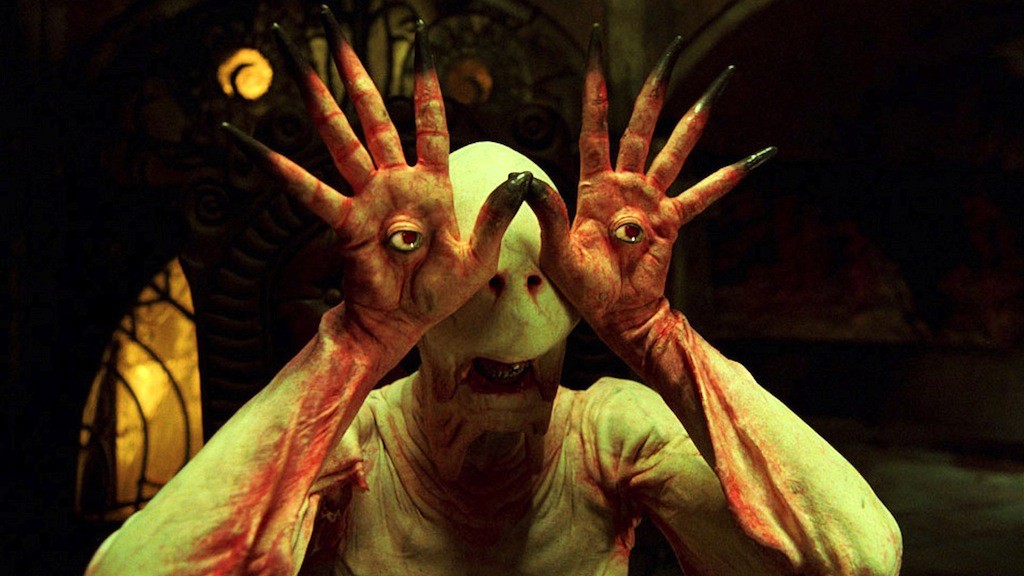
In Pacific Rim, del Toro did use more CGI effects, but also maintained his focus on practical effects with the use of animatronics and models. For the Kaiju’s he selected a look to suggest they were men in monster suits as homage to the Japanese Kaiju movies upon which the film not only takes its inspiration, but of which del Toro is a huge fan. The makeup/costume effects in those films played a large role on del Toro’s approach as director.
Guillermo del Toro’s latest films still maintain a strong commitment to unique and imaginative characters defined by their looks as much as their actions. The Shape of Water is focused upon a mysterious creature held captive inside a secret government research facility. del Toro references the infamous aquatic creature from Creature from the Black Lagoon as his inspiration for the look of the amphibious man. In Nightmare Alley del Toro does get an opportunity to show off his interest in makeup effects with not only the group of carnies featured in the first half of the film, but in the way he brings the classic noir setting of the original film to life. Here he isn’t just creating weird characters, he is using makeup and hairstyling to bring the audience back in time.
Catholicism and Related Religious Themes
Del Toro was raised by his catholic grandmother, and as a result, Catholicism shows up frequently in his films even if he is no longer a strict Catholic himself. Although his films may not feature an outright religious story, they do have religious themes, motifs, or archetypes. This is often incorporated into his detail-first focus of his characters. Often del Toro will create a substantial backstory for his characters which may not show up in the film. Part of this backstory can include religious motivation, as often at least one character in his film is catholic/religious.
But more accurately, del Toro’s characters’ motivations are contrasted with their often weird/grotesque appearances. These films look to convey the idea that people should be judged by the quality of their soul rather than their outward appearance. When accepting the Best Picture Oscar for In the Shape of Water, del Toro said “…monsters, I believe, are patron saints of our blissful imperfection, and they allow and embody the possibility of failing.” Indeed, many of his stories have characters facing situations that test the quality of their souls.

In Pan’s Labyrinth, the main character Ofelia faces a moral dilemma over which she eventually sacrifices herself for an innocent person, and is rewarded. Ofelia is tested by a faun creature, who appears to be a grotesque monster but is ultimately revealed to be a regal creature. This is contrasted with Ofelia’s stepfather who has good looks and is successful, but shows his true evil nature by the end of the film. The film also echoes religious imagery with a “magical kingdom” that Ofelia travels to upon her death, which she can only reach by an act of selflessness.
In The Devil’s Backbone, the orphan caretaker is not as kind-hearted and benevolent as the role would seem. Instead he is angry with the world for what has happened to him and takes out his frustration and selfishness on the orphans. The orphans, who are initially portrayed as innocents, must defeat the caretaker, and in doing so they become exposed to the cruelty and evilness of the world. Against this struggle they must remain true to themselves, and are tested to not give into the same types of frustrations which took over the life of the caretaker.

An interesting contrast to del Toro’s usual morally-triumphant characters is the main character Stan in Nightmare Alley. Unlike most of del Toro’s protagonists, Stan is tempted and acts upon his greed and lust for power over others, to his ultimate downfall. He learns to be a clairvoyant, but his mentors caution him never to use his talents to appear to communicate with the dead. Years later when Stan gets an opportunity to earn a large amount of money from a client who wants to speak with his dead wife, he agrees. Stan becomes so focused on this task he doesn’t realize until too late that he loses everything of value in his life as a result. Here del Toro proves that even the most powerful or talented are not immune to the evils of the world.
In Pacific Rim Idris Elba’s character is named Stacker Pentecost. Pentecost is the holiday celebrated 50 days after Easter, to honor the presence of God and usher in a new Era of Christianity. In the film, the character of Pentecost represents humanity’s hope against the Kaiju, as well as ushers in a new era of Jaeger command. However, while Pentecost represents a new revival of humanity’s fight against these hell-bred creatures, he is terminally ill. His illness comes from radiation exposure experienced during the early days of the Jaeger program, representing another character who is knowingly sacrificing themselves for a noble cause.
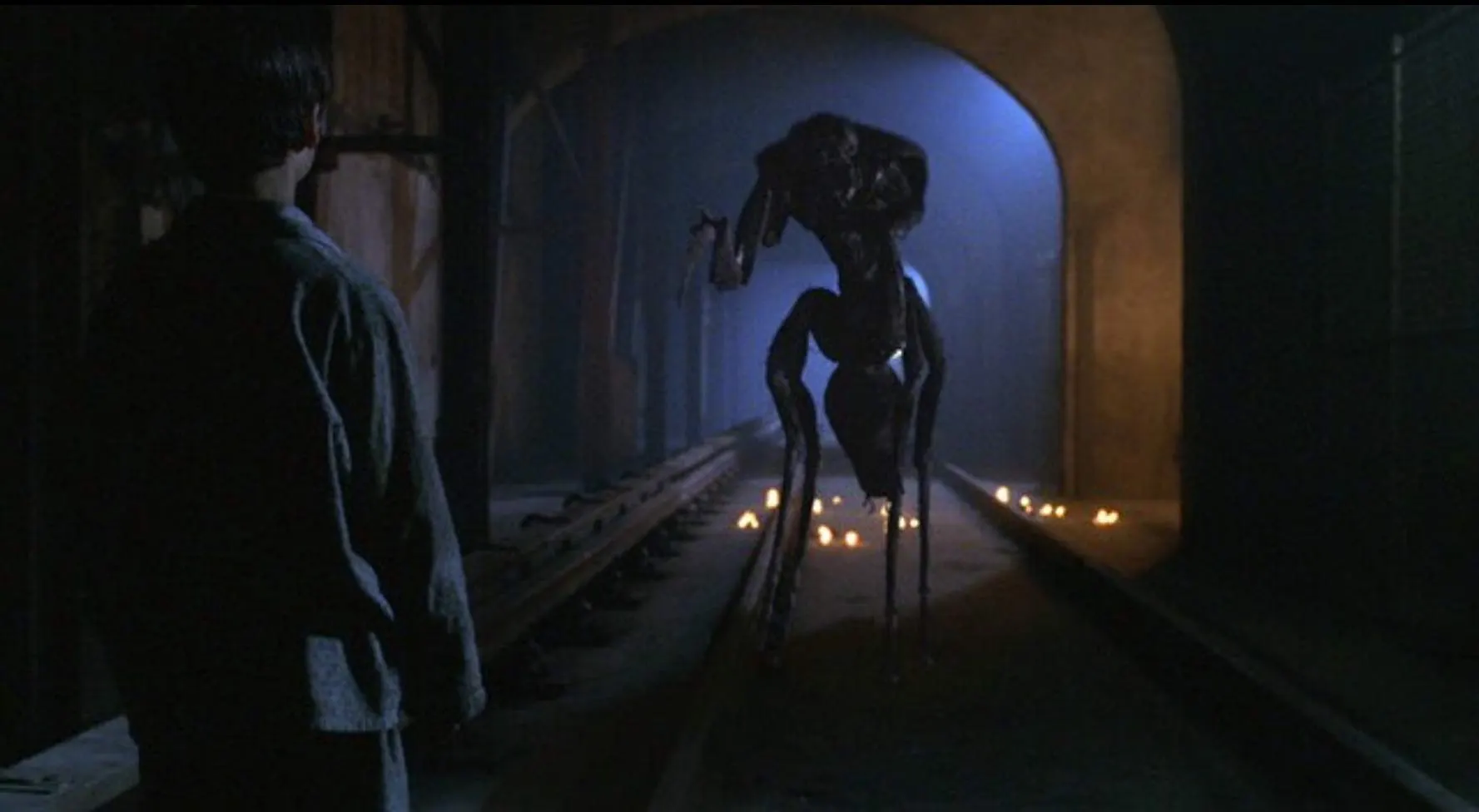
In Mimic, the genetically engineered bug is named the Judas breed, which is meant to kill off the city’s cockroach infestation by infiltrating the sewers. The religious connotations and symbolism continue in The Shape of Water where the main character, Eliza, was an orphan who was found outside by a river. Religious imagery is referenced in Hellboy II with the Angel of Death, and in Cronos the insect device is found inside of an archangel statue.
Pain Makes You Stronger
Guillermo del Toro doesn’t wind up stories full of monsters and demons simply to revel in the horror and scare his audiences. Instead, del Toro uses these stories as the framework to demonstrate a common topic that is present in all of his films, boiling down to the idea of a person’s internal battle against expectations. This is a theme which is universal, and helps make del Toro’s films so engaging. We all have regrets from our past, unfortunate experiences, or external pressures which haunt us no matter what. Guillermo del Toro’s films are about coming to terms with those things in our lives that are difficult to resolve, and using them to become better people. 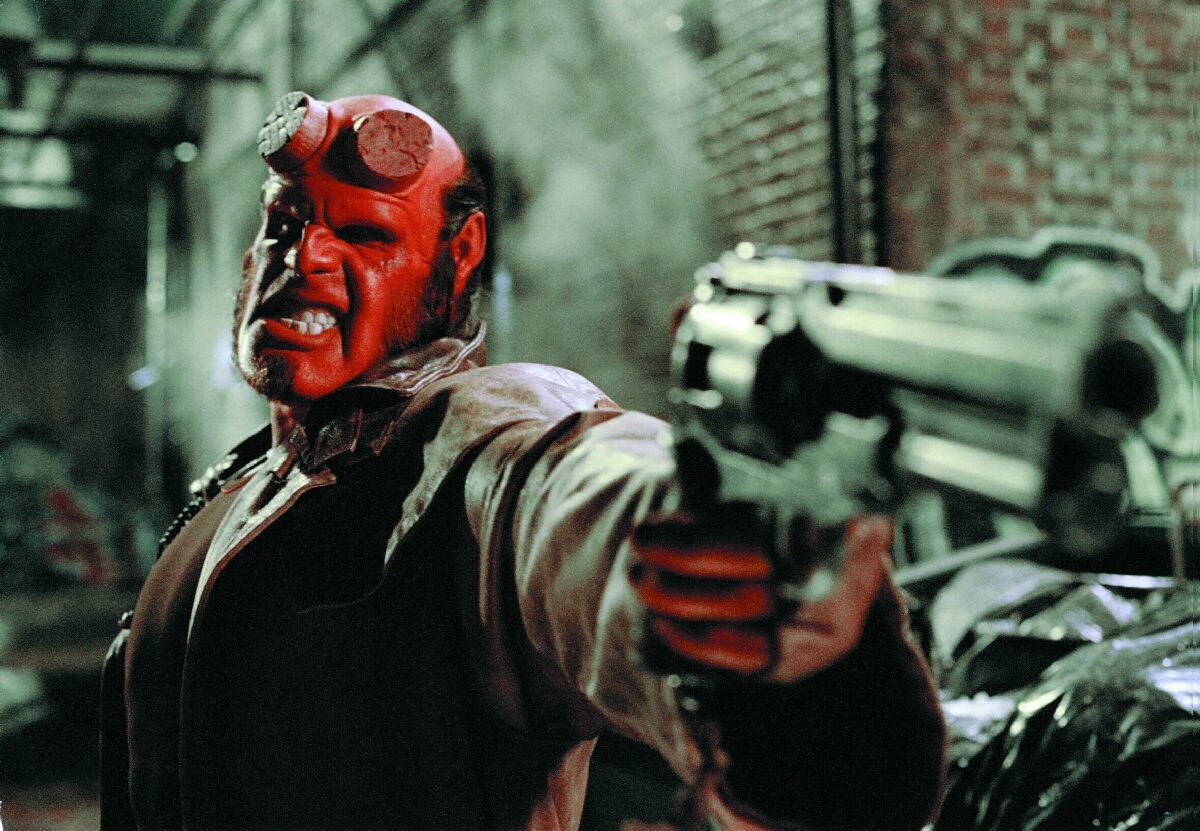
This starts with many of the ideas I mentioned above. Hellboy, for example, is a demon from another realm, and struggles against being defined by the way he looks. In Hellboy, when he gives into the connotations of what other people think he should be, this causes harm to the people he cares about. As a result, he must come to terms understanding that it is up to him to decide who he wants to be, and he can’t be defined by where he came from or how other people perceive him.
This concept is explored further in Nightmare Alley. Main character Stan runs from his past (including an abusive father), and joins the circus. Many of the people he meets there are just like him, with dark secrets or tough situations they are trying to overcome. However, the circus is all about seeking advantages over other people and exploiting them. Stan fails to realize how he comes to be addicted to the power he has over other people. Rather than learning from the mistakes he made along the way, he comes full circle and ends up being one of the people the circus exploits.
One way in which del Toro’s films demonstrate this mortal struggle is by placing his characters in a restrictive environment. This may include the fascist societies shown in films like Pan’s Labyrinth or Pinnochio. In The Shape of Water, the setting is a government research center full of rules and regulations. Likewise, his films tend to take place during a crisis – such as the invasion of the Kaijus in Pacific Rim, the plague in Mimic, or the vampire pandemic in Blade II. In these environments the main characters are “forged by fire”, which makes their true natures evident.
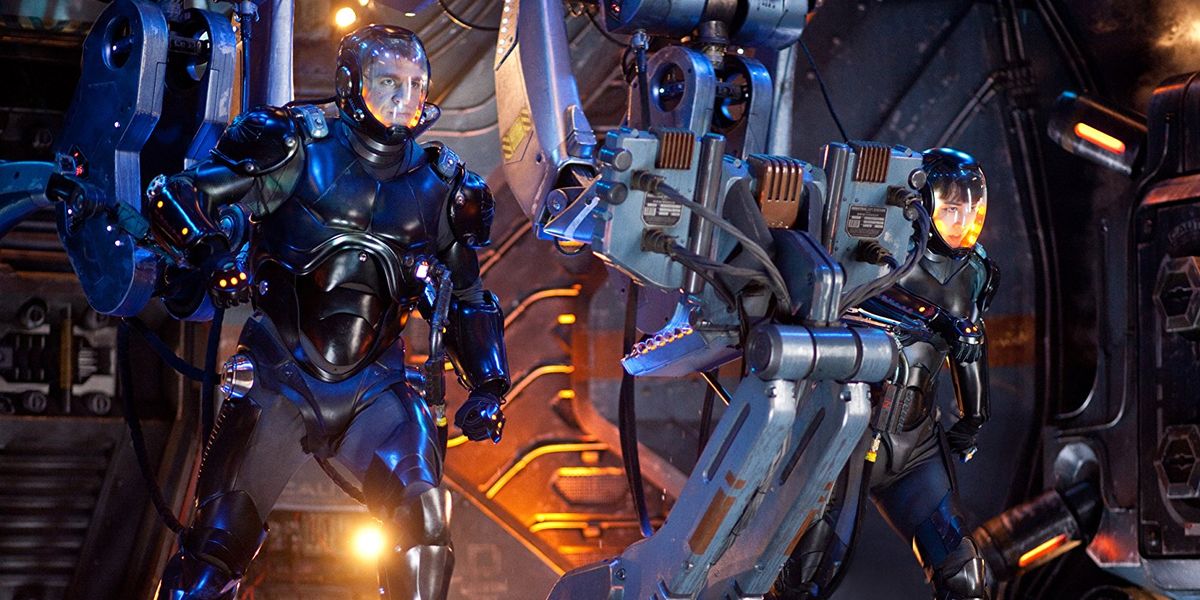
Against these trying circumstances, del Toro’s protagonists stand apart. They tend to be more free-spirited, or otherwise cast aside and assumed to be something they are not. In The Shape of Water Eliza sees the beauty and intelligence within the amphibious man which the government cannot because of his looks. In Pan’s Labyrinth, Ophelia follows her heart, choosing love over hate. In Pacific Rim both Raleigh and Mako’s perceived weaknesses become their greatest strength. Both have experienced Kaiju-related tragedies which weakened their resolve, but by finding common ground they are able to unite as a team and persevere together.
A Familiar Cast and Crew
Although Guillermo del Toro has released many films, the list of films he has worked on but did not see through to final production might be equally as long. Del Toro is an incredibly prolific filmmaker, who often works on more than one project at the same time. However, funding issues have often ended some of his projects prematurely. But something that allows del Toro to work quickly is his frequent collaborations with actors and other filmmakers. This familiarity allows for an efficiency in his work.
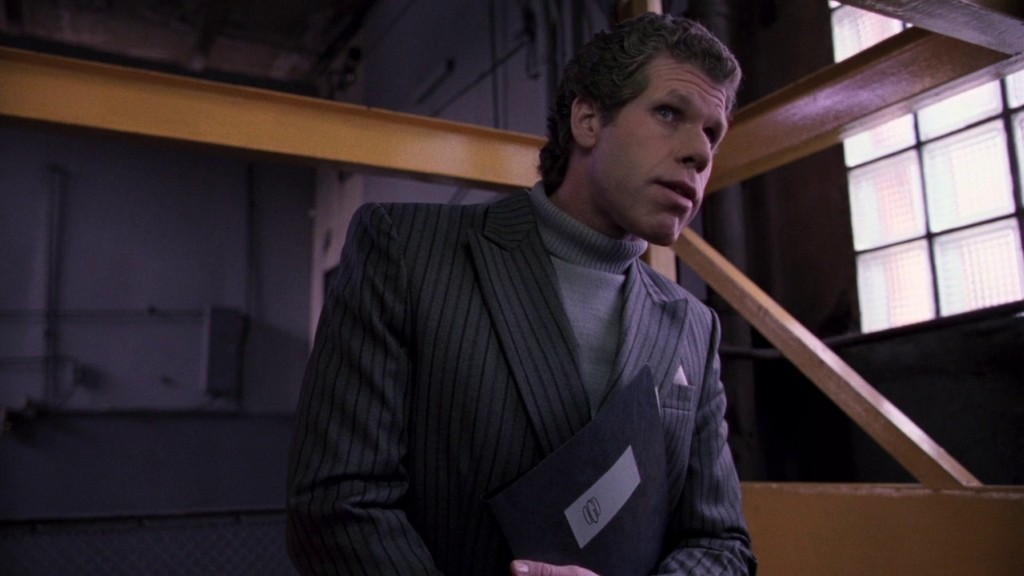
Because of this, it is not uncommon for most of the major actors in his films to have worked with him on more than one project. However, there are two actors that stand out in this regard; Doug Jones and Ron Perlman. Del Toro’s only film which has not featured either Doug Jones or Ron Perlman was The Devil’s Backbone. Perlman is featured in Chronos, Blade II, Hellboy, Hellboy II: The Golden Army, Pacific Rim, Nightmare Alley, and Pinnochio. Doug Jones was featured in Mimic, Pan’s Labyrinth, Hellboy, Hellboy II: The Golden Army, Crimson Peak, and The Shape of Water. Interestingly both actors have only appeared in the Hellboy films together.
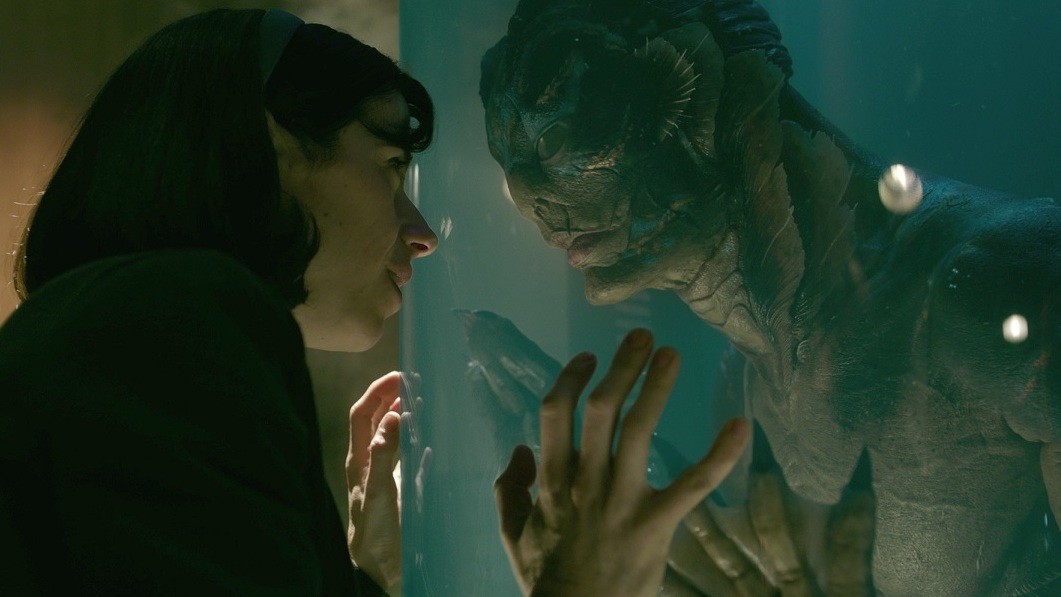
In addition to the films that del Toro has directed, Perlman has worked with del Toro on some of his other projects as well. Perlman provided his voice for the streaming series Trollhunters, written and created by del Toro. Perlman was also featured in The Book of Life, which del Toro had produced. Doug Jones had a small role in the television series The Strain, which was produced and based upon a novel written by del Toro.
Behind the camera, del Toro has also had similar collaborations. Generally he has worked at least twice with every major crew position. One of del Toro’s most notable collaborations is with the cinematographer Guillermo Navarro. Navarro has worked as cinematographer on Cronos, The Devil’s Backbone, Hellboy, Hellboy II: The Golden Army, and Pacific Rim. Guillermo del Toro’s cinematographer for Mimic, Crimson Peak, The Shape of Water, and Nightmare Alley was Dan Laustsen. Navarro’s films tend to have a harsh, shadow-focused color pallet. Lausten’s are also dark, but tend to have a color overlay that defines the film. Crimson Peak featured blues and golds, The Shape of Water was green/aqua, and Nightmare Alley was amber.
On the production side, del Toro has worked frequently with Bertha Navarro (who is actually the sister of cinematographer Guillermo Navarro. Bertha Navarro has worked with del Toro on many projects he has produced and directed. Chronos, The Devil’s Backbone, and Pan’s Labyrinth are the films directed by del Toro which Navarro has also produced. While it isn’t really related to his film career, del Toro has also co-written several novels with Chuck Hogan.
Intricate Clockwork/Machinery/Insect Imagery
Del Toro’s films frequently feature complicated clockwork-like machinery. There are always a lot of gears, pulleys and levers for characters to interact with. Some of these machine elements are featured in artifacts, like the mysterious device in Cronos. Other times they are part of the characters themselves, like Karl Ruprecht Kroenen, the mechanical Nazi hit man in Hellboy. The Jaegers in Pacific Rim are a hybrid – showing detailed mechanical intricacy which is both part of the pilots and separate from them. The final climax of Hellboy II: The Golden Army takes place in a giant clock-like machine, and the climax in Crimson Peak takes place near an articulated oil rig.
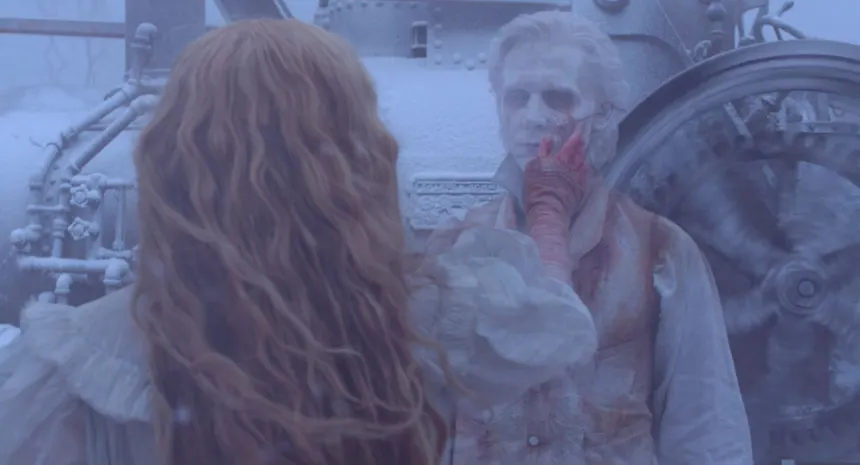
Similarly, insects or insect-like creatures can play a major role in Del Toro’s films. The depiction of insects is usually similar to that of the machinery, where the focus is on the details of small moving parts. In Pan’s Labyrinth the main character finds an insect which transforms into a fairy, and in Cronos the device features an insect inside that allows it to function. Mimic has a plot which revolves around insects, and the “antagonists” of that film are insects themselves. While the stop-go motion of Pinocchio is consistent with del Toro’s fascination with intricate detail, the film also features a cricket which is a character and the film’s narrator.
References:
https://lwlies.com/articles/guillermo-del-toro-pacific-rim-religious-symbolism/
Want more Directors’ Trademarks?

